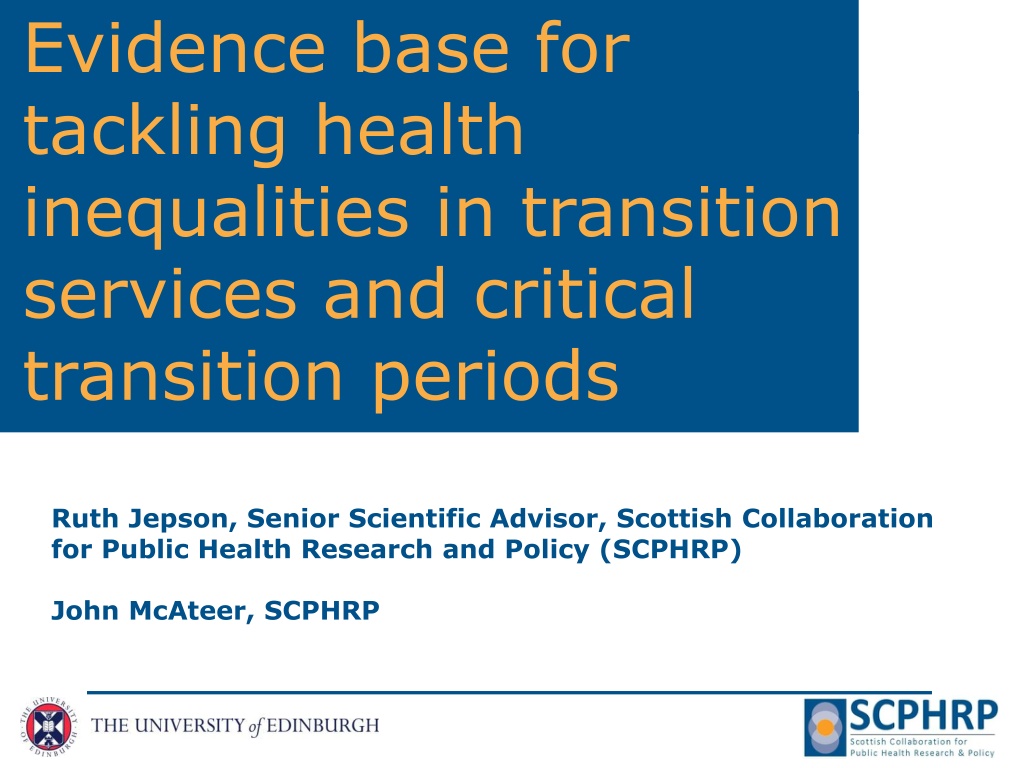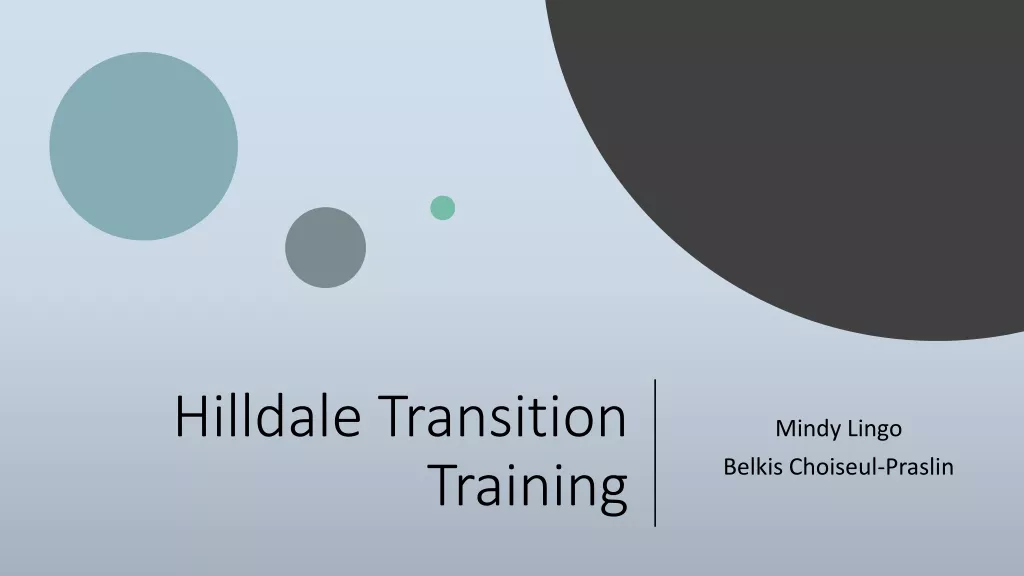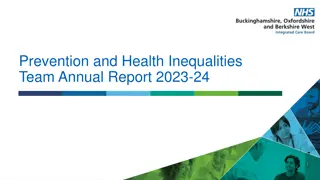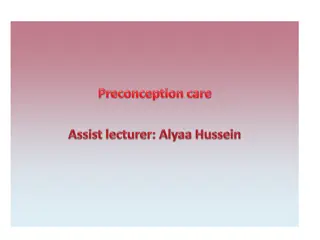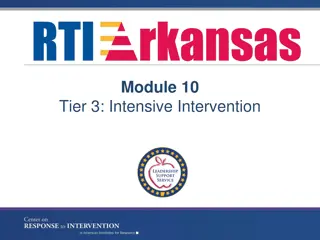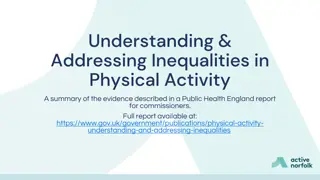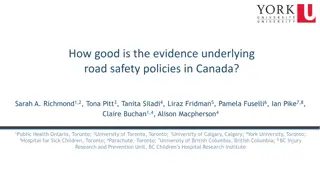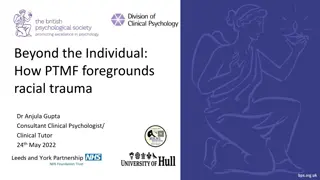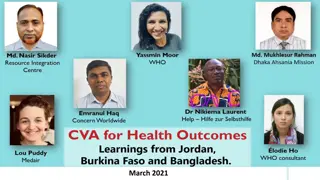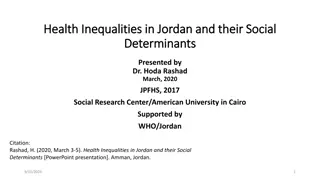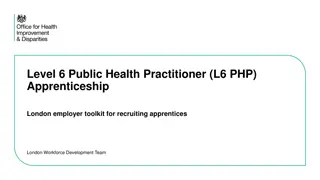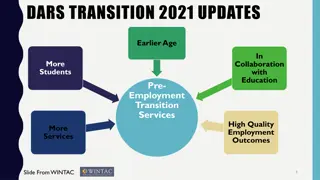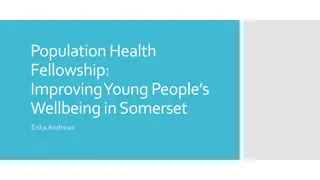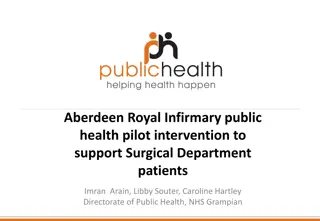Addressing Health Inequalities in Transition Services: Evidence and Interventions
Ruth Jepson and John McAteer discuss the evidence base for tackling health inequalities during critical transition periods, highlighting the challenges and interventions for vulnerable populations.
Download Presentation

Please find below an Image/Link to download the presentation.
The content on the website is provided AS IS for your information and personal use only. It may not be sold, licensed, or shared on other websites without obtaining consent from the author. Download presentation by click this link. If you encounter any issues during the download, it is possible that the publisher has removed the file from their server.
E N D
Presentation Transcript
Evidence base for tackling health inequalities in transition services and critical transition periods Ruth Jepson, Senior Scientific Advisor, Scottish Collaboration for Public Health Research and Policy (SCPHRP) John McAteer, SCPHRP
SCPHRPs Adolescence and Young Adulthood Working Group Members: Scottish policy makers, researchers and practitioners Aim: To develop and evaluate interventions to reduce risky behaviours and promote positive youth outcomes. Three sub-groups: Protecting young people in transition School, education and health Social connectedness (including parenting and families) Lead Fellow: John McAteer (john.mcateer@ed.ac.uk)
Context around transitions Post-war socio-economic prosperity and security in advanced societies allowed a sufficiently large number of young people to follow an identical route of transition. Today s young people experience transition in an inconsistent set of economic and social conditions. Subsequently, pathways to adulthood have become more complex and unpredictable and appear to have lengthened Mary, 2013 http://www.tandfonline.com/loi/cjys20
Many types of transition Type Transition from School Transition to Educational Further education, (un)employment etc Biological (puberty) Cognitive etc (responsibility and control) Social (identity) Child Adult Dependent child Independent adult, with more autonomy and control School child Other identity (e.g. student, worker); also as an independent thinker Another community, or geographical area Geographical (including housing) Financial Familiar community Financially dependent Child services Financially independent Services Adult services
Vulnerability to poor healthrelated outcomes Not vulnerable: no need for additional services (majority) Little effect on health related outcomes Most transition well Vulnerable: may or may not be identified; not connected to services (significant minority) Some significant effects on health related outcome Some do not transition well Some significant effects on health related outcomes Very vulnerable: already identified and connected to services (approx 10%) Transition variable, depending on services
Interventions for young people already connected with services
Transition for young people using health or social care services Consequences of poor transitions include broken relationships with health and social care practitioners, disengagement with services and deteriorating health Young people have said that a good transition process depends more on support from practitioners than what transition model they receive NICE Guidance in development: Transition from children's to adult services for young people using health or social care services Date due: May 2016 http://www.nice.org.uk/media/70C/28/TransitionfromChildrenstoAdultServicesforYoungP eopleUsingHealthorSocialCareServicesFinalScope.pdf
Children using healthcare services The most commonly used strategies (mainly from diabetes studies)in successful programmes were: 1. patient education and; 2. specific transition clinics (either jointly staffed by paediatric and adult physicians or dedicated young adult clinics within adult services). Crowley et al, Improving the transition between paediatric and adult healthcare: a systematic review http://adc.bmj.com/content/early/2011/03/08/adc.2010.202473.abstract
Transition support services (TSSs) Types of TSS reported by studies are independent living programs (ILPs) (mainly US) and leaving care services (LCSs) (mainly UK). Studies that evaluated TSS found young people were more likely to: complete compulsory education with formal qualifications be in current employment be living independently and less likely to be young parents. There was no reported effect of the impact of TSSs on crime or mental health, and mixed findings for homelessness. Limitations: most studies undertaken in the US, and difficult to know which components of the support services were most effective http://www.gserve.nice.org.uk/nicemedia/live/11879/47413/47413.pdf
Universal approaches to reducing health inequalities: Importance of resilience and connectedness
The importance of resilience The evidence suggests that vulnerable young people are often vulnerable because they have lacked a solid emotional base in their early years. Being vulnerable is not just about circumstances (economic etc), but about having the emotional resilience in place, to cope with the transitional stages. Vulnerable or at risk young people are those who have low resilience (at the individual, family, or community level) Strategies focussed on the early years have the potential to have the biggest impact on resilience, but we still need to help those who have not benefited from these.
Successful interventions to increase resilience Successful programmes are those that focus on: competencies prosocial attitudes and values individual goals of success mastery and achievement. Critical to these efforts is the sustained involvement of caring adults in the context of individual and group- based relationships McCreanor et al, 2012, Resiliency, Connectivity and Environments: Their Roles in Theorising Approaches to Promoting the Well-Being of Young People. International Journal of Mental Health Promotion
The importance of connectedness As well as increasing resilience, a key element in effecting change for vulnerable young people is connectedness Connectedness is concerned with relationships between people and/or groups of people, occurring within a range of settings, including communities, families and peer groups or friendship networks. There is growing evidence that these are important drivers of health and wellbeing across the lifecourse
Strengthening connectedness in the home, school and community Services should aim to strengthen, or put in place: Strong social support networks Presence of a least one unconditionally supportive parent/parent substitute A committed mentor or other person from outside the family Positive school experiences Participation in a range of extra-curricular activities Capacity to re-frame adversities so that the beneficial as well as the damaging effects are recognised The ability or opportunity to make a difference by helping others https://www.actionforchildren.org.uk/media/145693/resilience_in_children_in_young_people.pdf
Considerations Building resilience is more than just providing individuals with knowledge, skills and positive attitudes, although programmes that do this are helpful. Resilience is also about the relationships between adults and children and young people. Programmes that strengthen connectedness generally have positive outcomes. Resilience is shaped by policies that enhance the abilities of families, schools and communities to provide structure and opportunities for young people to contribute, participate and develop skills. The best outcomes occur when policies ensure that programmes work together across silos.
Conclusions Transition Support Services for those who are already in contact with health or social care services are effective for a range of outcomes Resiliency and connectedness (to families, school and the community) are strong protective factors and services should aims to strengthen these factors. Services should focus on strengthening these factors, especially in vulnerable young people not already identified by the services
Thank You Follow us on Twitter: @SCPHRP YouTube: youtube.com/scphrp1
